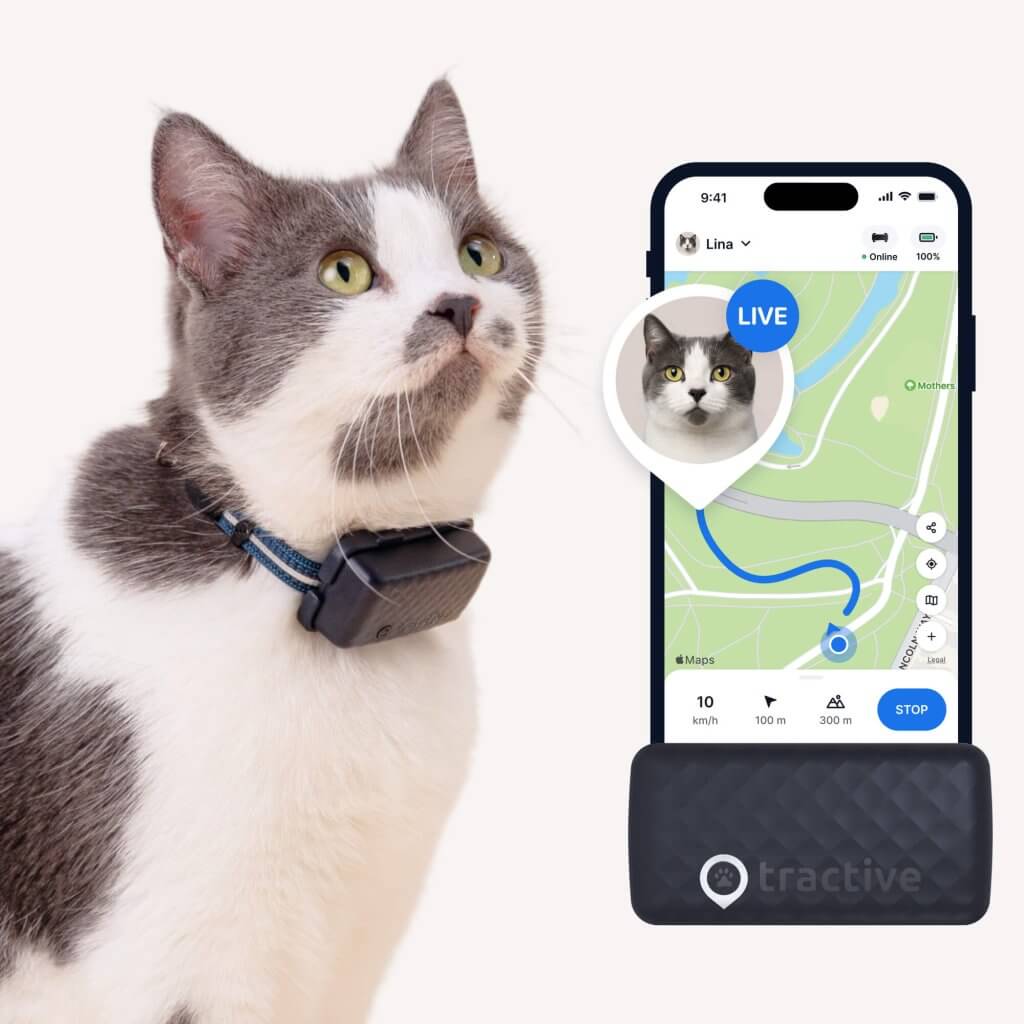 Approved by Dr. Dwight Alleyne, DVM
Approved by Dr. Dwight Alleyne, DVM Why Is My Cat Hiding? 5 Reasons Why & How To Find Them
Most cats snuggle up in hidden places once in a while. But what if your cat hides from you all the time? Let’s explore some reasons and solutions to this feline behavior.

Whether you’ve had them for years or just adopted them, a cat hiding from you can be both cute and confusing all in one. So if you’re finding yourself wondering, ‘Why is my cat hiding in the cabinet, behind the sofa, in a bag, or in the washing machine?’, the reasons range from relatively harmless – to more serious. Here are some of the major reasons why cats hide, the easiest way to find a hiding cat, and what you can do to prevent your cat from hiding in the first place.
Key Takeaways
Cats hide for a variety of reasons. These include a natural instinct to find a safe and quiet place to more serious issues like stress, anxiety, or even illness.
Consult your vet if your cat’s hiding behavior is new, prolonged, or accompanied by other symptoms.
When your cat is in hiding, avoid forcing them out. Instead, try luring them with their favorite toys or high-value treats and speak to them in a soft, reassuring voice.
A smart cat collar can help you find your cat whether they’re hiding indoors or outdoors. Your Tractive device, for example, combines short-range Bluetooth for an indoor search. Else, real-time GPS tracking can help for when your cat is outside. So you’ll always know where to look.

Find out where your cat spends their time.
Read moreIs it normal for a cat to hide?
Yes, and for the most part, it’s completely normal. But if you’re noticing your cat hiding more often than usual or showing any other changes in behavior, it might be worth observing them more carefully.
Nearly all cats have a natural affinity for small spaces – like boxes. These cozy spots offer warmth, safety, and comfort as a cat snoozes the day away. A hiding place that allows your kitty to slyly observe household activity is even better. And a location just out of your reach is the best of all! Most cats will emerge from their hiding place and allow you to shower them with affection once or twice a day. And remember that your cat may be roaming the house at night, while you are asleep.
⚠️ But if your cat suddenly starts hiding all the time and refuses to interact with you, there may be something wrong.
Why is my cat hiding all of a sudden?
Here are four possible reasons for a cat hiding:
A new environment
When you bring a new cat home, it’s normal for them to hide until they feel more comfortable in their new space. To help them adjust, create a safe zone for them – like a guest bedroom. Place a tall baby gate across the door, visit them throughout the day, and allow them to explore at their own pace.
Pregnancy
A few days before birth, an unspayed female cat will pick a cozy spot to give birth safely. This might be under a bed, in a closet, or behind a sofa. In the wild, females giving birth are vulnerable to predation, so the hiding instinct is essential for survival.
Illness or injury
Cats often seek out hiding places when they are sick or injured. If your cat is not eating in addition to hiding and refusing to play or interact, then they may be ill or hurt. If this hiding behavior continues for a few days, take them to the vet for a checkup.
Stress
Any change in their environment, no matter how small, can cause anxiety for your cat and cause them to seek out a safe, comfortable place. For example, it’s not unusual for your cat to hide when you have a house guest. But don’t worry – a few hours after the coast is clear, your cat will emerge as if nothing happened. Allow the new person and your cat to get to know each other on their own terms. Don’t force an interaction on either one of them.
Other disruptions like a change in your work schedule, a vacation, a cat-sitter, or a new pet in the home – can also induce hiding behavior as your cat seeks safety and security. Allow your kitty time and luxury of an undisturbed safe space as they adjust.
What are some preferred cat hiding spots?
Cats may choose some very odd places to hide, but most of these spots are away from the hubbub of your home or neighborhood; consist of a small, dark, enclosed area; include a window or opening that the cat can peek out of; and are often elevated so the cat can survey their surroundings. Here are some common cat hiding spots:
Indoor cat hiding spots
- Under or behind furniture or beds
- In closets or cabinets
- On top of wardrobes, cabinets, or appliances such as refrigerators
- In washing machines or dryers
- Behind furnaces or water heaters
- In bins, boxes, or baskets (including full laundry baskets)
Outdoor cat hiding spots
- Sheds, workshops, or garages
- Among tall, leafy garden plants
- Under the hood of a car, or in a wheel well
- Under decks or porches
- Up a tree

How to help your cat feel more comfortable
Cats that are naturally shy in new environments. They often need time and patience for their anxieties to diminish. But there are a few things you can do to support your cat during a stressful life event, or calm a cat who is naturally timid.
- Create a comfortable home environment
Give your cat enough opportunities to be alone if they need it. Constantly being chased by children or other pets can be very stressful. If your kitty slips under the bed for a few hours, that’s understandable. - Monitor your pets’ behavior
If you have more than one cat, pay attention to their interactions. Sometimes a dominant cat will antagonize a more laid-back kitty, creating undue stress. Give your cats multiple places to retreat so they don’t always need to be together. - Use a calming diffuser
Commercially available diffusers release chemicals that mimic natural pheromones emitted by cats. You can plug a diffuser into a wall socket near your cat’s favorite hideout to help them feel less anxious. - Reinforce positive behaviors
By gently playing with or petting your kitty when they come out of their hiding spot, you can help them feel safe in your presence. Start by offering them treats or their favorite toys. Make their time with you as pleasant as possible and they’ll be eager to come out of hiding more often. - Make sure your cat doesn’t feel trapped
Cats, like most animals, feel safe when they have an escape route. Avoid closing doors and making your cat feel trapped – this will only increase their anxiety. - Check with a vet
If your cat just won’t come out of hiding, make an appointment with your veterinarian. There may be an underlying health issue that needs to be checked out.

Track your cat wherever they go
See where they are in real-time, no matter how far they roam. Discover their territory. Get alerted if they go too far. Track activity, sleep, and receive health alerts if your cat’s activity changes. Keep your feline friend healthy and safe.
How do I get my cat out of hiding?
Generally, the harder you work to get your cat out of hiding, the more they will resist you. Patience is a must. In most cases, it’s best to walk away and let the cat come out on its own terms if you aren’t in a hurry. But if you absolutely must get your cat out of hiding because you’re going to a veterinary appointment or heading out of town, here are a few ideas:
- Keep the surroundings calm
Have your kids and other pets leave the room. There’s no need for every member of the family to call Fluffy’s name at top volume. - Use food to lure kitty out of hiding
Leave a trail of your cat’s favorite treats, or pull out all the stops and open a can of tuna. Condition your cat to receiving treats by shaking the bag before offering the goodies. This way, your cat associates the sound of the shaking bag with getting treats, and may come out of hiding when you simply shake the treat bag. - Use a favorite toy
Pull a string or drag a wand-style toy across the entrance to the hiding spot. Only the most reticent cat can resist. - Catnip for the win
Catnip, especially fresh catnip, is irresistible to cats. Rub some on a favorite toy and place it just outside kitty’s hiding place. They’ll be out of hiding in no time!
How a smart cat collar can help you find a hiding cat
Cats are masters of disguise, and their ability to find a quiet, out-of-the-way hiding spot can be pretty anxiety-inducing. That’s where a smart cat collar can step in – no matter if they’re just tucked away indoors or have ventured outdoors.
How to find your cat indoors with Tractive
When your cat is somewhere in the house, GPS can sometimes be less accurate due to interference from walls and other structures. This is where Tractive’s short-range tracking features come in handy.
Radar Mode
This feature uses Bluetooth technology to create a proximity-based “radar” on your phone. As you get closer to your cat, the signal strength indicator fills up, guiding you directly to their hiding spot, even if they’re in a garage or behind a piece of furniture.
Light & Sound
The Tractive collar is equipped with a small LED light you can activate from your phone. Else, trigger a high-pitched melody to help you locate your cat by sound. If you’re close enough but still can’t see your cat, the light and sound can help you pinpoint their exact location.
Augmented Reality (AR)
The Tractive app’s AR feature overlays your cat’s location on your smartphone’s camera view. This allows you to see a pin indicating your cat’s position and the distance to them, making the search more like a game of hide-and-seek.
How to find your cat outdoors with Tractive
If your cat has gone missing outdoors, here’s how you can quickly find them if they’ve got a Tractive device strapped to their collar.
Real-time GPS tracking
Your tracker uses cellular networks and GPS satellites to provide unlimited-range tracking. In an emergency, you can activate “LIVE Tracking” to get location updates every 2-3 seconds, allowing you to follow your cat’s movements in real-time on a map.
Location History
Understanding your cat’s habits can be a key part of finding them. The Location History feature, especially with the “Heatmap” overlay, shows you where your cat spends the most time. This can help you figure out where they’re most likely to hide – like a neighbor’s shed or a wooded area.
Conclusion
In the end, your cat’s hiding behavior is often less about defiance and more about self-protection, comfort, or simply needing time to adjust. While occasional retreats into hidden spots are perfectly normal, frequent or sudden hiding—especially when paired with changes in appetite or energy—may signal deeper issues that warrant attention. By remaining patient, offering safe spaces, using positive reinforcement, and consulting your veterinarian when necessary, you can help your feline companion feel more secure, seen, and loved. After all, the goal is not to force them out of hiding, but to create a home where they feel confident to come out on their own.
See how Tractive’s Smart Cat Tracker works in the video below:
Your furry friend’s health and wellbeing means as much as to us as it does to you. So we’ve made it a priority to only share medically-relevant content on our blog. This post was checked, double-checked, and medically verified by Georgia-based vet, Dr. Dwight Alleyne.

Dr. Dwight Alleyne, DVM
Originally from Long Island, New York, Dr. Alleyne began his career at a no-kill animal shelter before becoming a licensed veterinary technician. He graduated from Cornell University Veterinary College in 2006 and completed an internship at Purdue University. Now practicing in Georgia, Dr. Alleyne specializes in soft tissue surgery and ultrasounds. He also writes pet health articles on his website, “The Animal Doctor Blog” (www.anmldrblog.com).



